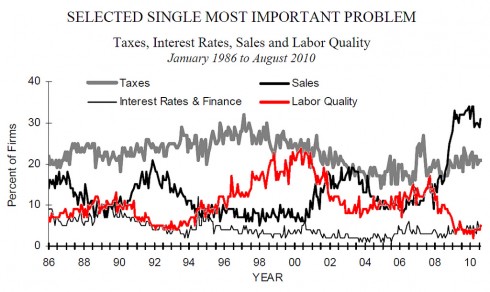I don’t find anything surprising in this report out of Rice University about the experience of businesses that tried GroupOn.
If you are unfamiliar with GroupOn, they are a hugely successful internet business. A two sided network bridging between small local businesses and local consumers. They have an opt-in email list, sorted by city, of consumers. Once a day they mail out an offer to buy a coupon for a local businesses; typically 30$ worth of goods for $15. They often sell a few hundred of these each day, and GroupON keeps, I’ve been told, 30%. The business gets the money right away. A large percentage of the coupons are never redeemed. So it is a gamble for the business and the consumer.
The buisness may or may not get a long term customer out of this transaction. The business may achieve higher utilization using this to reach cheap-skate customers. Given that most businesses have very low marginal costs those customers can be quite profitable. The deal might damage the reputation of the business.
Pretty far down the hearsay chain here, but the article says of the report says:
- 66% of the deals reported to be profitable
- 42% would do it again
- 20% of those who were profitable would not repeat the deal
- restaurant deals are less profitable than spa deals
- customers using the deal are: poor tippers, “entitled”, not likely to repeat
- employee satisfaction is a good predictor of profitability on these deals
- other predictors of profit include: overage on the bill and repeat customers.
This quote by the study’s author “… there is disillusionment with the extreme price sensitive nature and transactional orientation of these consumers among many study respondents.” irritates but doesn’t surprise me. Small businesses tend to be naive about how to play pricing games effectively. So they don’t comprehend what is necessary to tap into the higher utilization rates these games enable. If you are going to play those games then yes you are going to make contact with more one time customers who are cheap skates. For many small businesses a good customer relationship is a part of how they are compensated. Maintaining that when playing pricing games is exceptionally difficult.
Over time large firms have learned how to vacuum up a larger and larger share of the business that was once done locally. They have been quite calculating about that. One reason I enjoy being subscribed to GroupOn is that it provides me with a stream of examples of businesses that remain small and local. I guess I hope that these businesses can learn how to play pricing games effectively.

